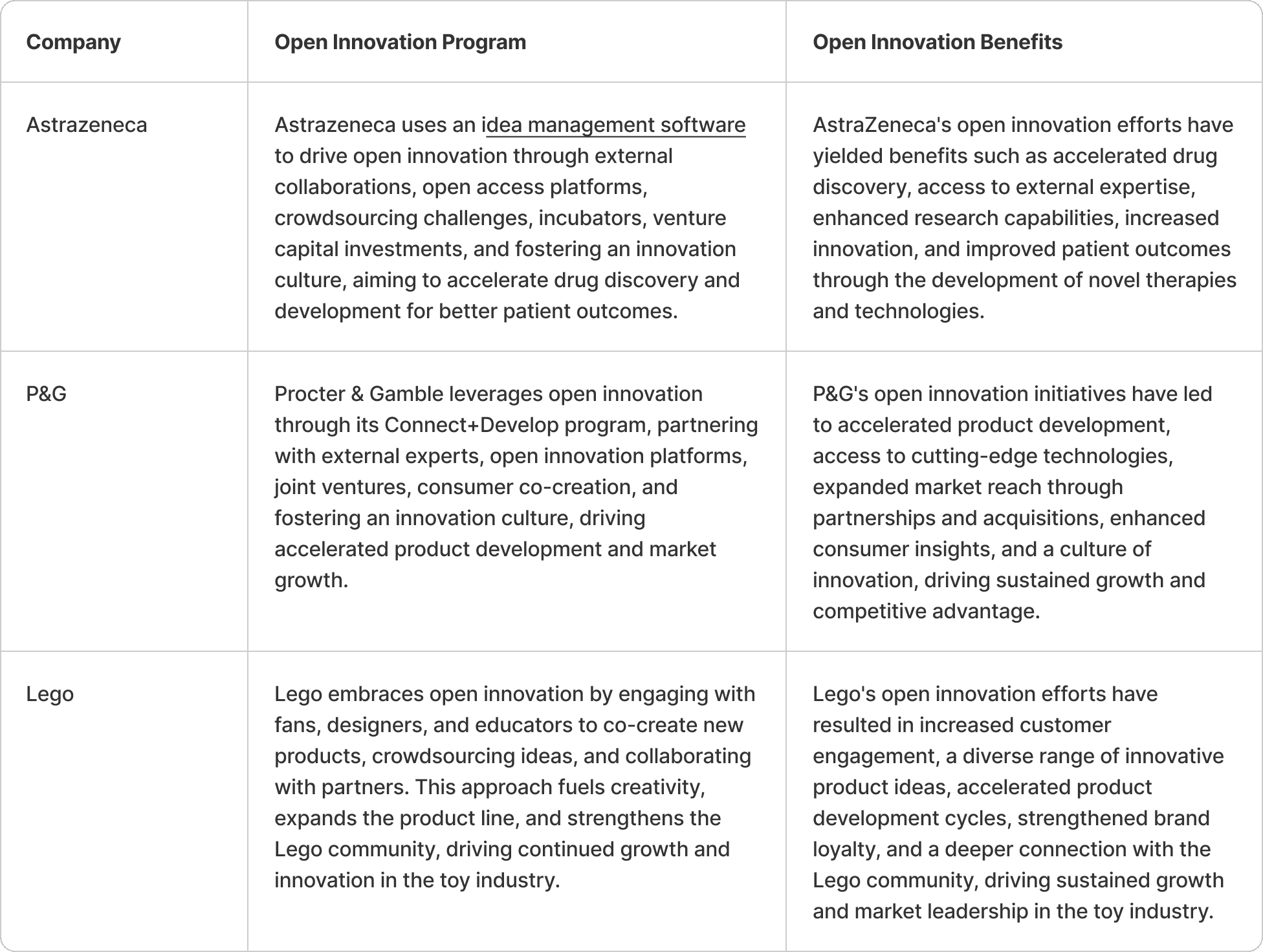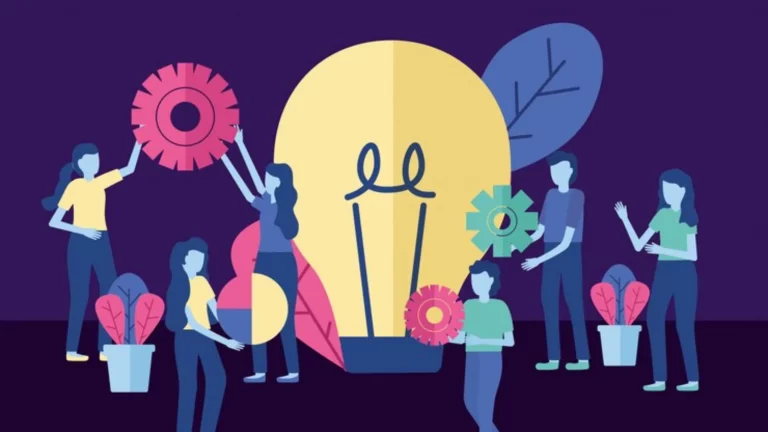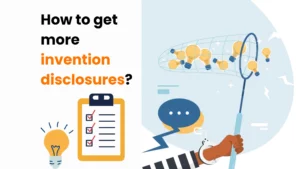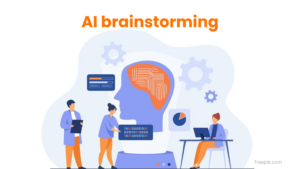The internet is filled with articles on open innovation for one simple reason. Thousands of people every month look for answers related to the open innovation process.
If you’ve stumbled upon this article, you’re naturally one of them.
So, what’s different about this article?
There are four underlying themes to this article:
- We believe you have an inkling of what is open innovation and want to dig deeper.
- You need answers on how to implement open innovation. Open innovation examples would go a long way to make everything clear.
- Industry expertise and best practices to help you build your own open innovation programs.
- You need an open innovation platform to transition your plans to practicality.
Open Innovation Essentials: How to get started?
Start by learning what open innovation consists of
A Nasscom-Avasant report suggests that open innovation can expedite start-ups’ time to market by up to 70%.
And, large organizations see 20% higher revenue generation right after their first open innovation challenge.
The open innovation advantages might differ for organizations at different stages, but the open innovation meaning remains the same.
Blast from the pastOne notable example of an open innovation challenge from history is the Longitude Prize, established by the British government in 1714. The challenge was to find a reliable method for determining a ship’s longitude while at sea. At the time, accurately determining longitude was a major navigational challenge, often resulting in ships getting lost or encountering disasters. The Longitude Prize offered a substantial reward of £20,000 (equivalent to several million pounds today) to anyone who could devise a method accurate enough to determine a ship’s longitude within 30 nautical miles. This prize spurred intense competition and innovation over several decades, as inventors and scientists sought to claim the reward. One of the most famous solutions to the Longitude problem was developed by John Harrison, a self-taught clockmaker. Harrison’s invention, the marine chronometer, was a highly accurate clock that could keep time reliably at sea. His H4 chronometer, which was finally completed in the 1760s, met the requirements of the Longitude Prize and revolutionized maritime navigation. The Longitude Prize demonstrates how open innovation challenges can incentivize creativity, collaboration, and breakthrough discoveries that address significant societal needs. |
In the words of the father of open innovation, Chesbrough, “open innovation is a more distributed, more participatory, and more decentralized approach to innovation.”
We believe open innovation in business is a great way to improve one’s internal capabilities and access external knowledge of innovation to complement R&D. An open innovation strategy also enables teams to go outside and find a way to collaborate and make it productive.
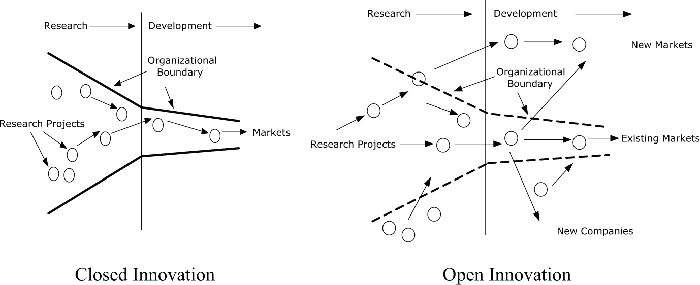
Closed vs. open innovation. Source: Research Gate
Define your open innovation process
Go step-by-step:
Define your big target that you aim to achieve with the open innovation challenge
What are you looking to achieve out of this particular open innovation process?
- Is it a new product?
- A new feature to an existing product?
- A whole new service?
- A solution to your business problem?
- A solution to a problem your entire industry or market is facing?
Define which one of the open innovation models you pick for the process
There are multiple open innovation methods available that help you kickstart your open collaboration program. Let’s review them first and then figure out how you can pick one strategically.
#1 Innovation Challenges
Innovation challenges work best for complex problems that require diverse perspectives and expertise to solve. If your problem can benefit from fresh ideas and unconventional approaches, an open innovation challenge is a good fit. They are designed to solve a specific problem.
Running an open innovation challenge requires time, effort, and resources for planning, promotion, and evaluation. Make sure you have the necessary resources available to manage the challenge effectively.
#2 Startup-corporate partnerships
It’s the yin and yang situation.
Startups often operate on the cutting edge of technology and innovation. By partnering with startups, corporations gain access to fresh ideas, novel technologies, and innovative solutions that they might not have developed internally.
Basically, both draw on strengths of each other.
Startups and corporations often have different cultures and ways of working. By collaborating, both parties can learn from each other, fostering a culture of innovation and entrepreneurship within the corporation while providing startups with valuable insights and resources.
#3 Hackathons
Hackathons bring together individuals from various backgrounds, disciplines, and expertise levels. This diversity sparks creativity and encourages the exploration of different solutions to a problem.
Participants work under time constraints to develop prototypes or proofs of concept. This fast-paced environment encourages experimentation and risk-taking, leading to innovative ideas that might not emerge in a traditional setting. It serves as dynamic platforms for organizations to engage with external talent, foster creativity, and accelerate the development of innovative solutions through collaboration and experimentation.
#4 Intrapreneurship
Benefits of intrapreneurship culture in an organization are uncountable.
Intrapreneurship, the practice of fostering an entrepreneurial mindset and behaviors within an organization, can significantly contribute to open innovation in several ways.
- Culture of Innovation: Intrapreneurship cultivates a culture where employees are encouraged to explore new ideas, take calculated risks, and challenge the status quo. This mindset shift fosters an environment conducive to open innovation, where employees feel empowered to contribute their creativity and expertise to solve problems.
- Idea Generation: Intrapreneurship encourages employees at all levels to generate and pursue innovative ideas. By tapping into the diverse perspectives and experiences of employees, organizations can uncover new opportunities for growth and development.
- Cross-Functional Collaboration: Intrapreneurial initiatives often require collaboration across different departments and teams within an organization. This cross-functional collaboration facilitates knowledge sharing, creativity, and the exchange of ideas, leading to more innovative solutions.
- Resource Allocation: Intrapreneurship involves providing resources, such as time, funding, and support, to employees pursuing innovative projects. By allocating resources to intrapreneurial initiatives, organizations demonstrate their commitment to fostering open innovation and encourage experimentation.
- Innovation Ecosystem: Intrapreneurship can help organizations build an internal innovation ecosystem by supporting initiatives such as hackathons, idea competitions, and innovation labs. These initiatives provide employees with opportunities to collaborate, learn from each other, and contribute to the organization’s innovation agenda.
- Market Agility: Intrapreneurial initiatives enable organizations to respond more quickly to changes in the market and emerging trends. By empowering employees to innovate and adapt to evolving customer needs, organizations can stay ahead of the competition and drive sustainable growth.
- Talent Development: Intrapreneurship offers employees opportunities for professional growth and development. By encouraging employees to take ownership of their projects and pursue their passions, organizations can attract and retain top talent who are motivated to drive innovation.
#5 Co-Creation labs
Co-creation labs are collaborative spaces where stakeholders from diverse backgrounds come together to jointly create innovative solutions to complex problems. Although these labs can be internal or external to an organization, they are dedicated to innovation.
Through iterative problem-solving, co-creation labs enable participants to refine and improve their ideas based on feedback and experimentation. This iterative approach accelerates the innovation process and ensures that solutions are responsive to evolving needs and challenges.
Similarly, organizations have opportunities to embrace open innovation through crowdsourcing or even acquiring startups. But how do you know which model suits your organization the best?
Define a strict timeline participants need to adhere
Setting a timeline for open challenges ensures everyone has got the start date and an end date, and everything happens within that time frame.
Any important milestones or deadlines throughout the duration of the challenge are well-recorded.
Timelines provide a clear roadmap for the innovation process. This clarity helps keep participants focused and ensures that everyone knows what needs to be done and by when.
Timelines also help identify and mitigate potential risks or challenges that may arise during the innovation process. By setting deadlines and milestones, organizers can identify areas where delays or setbacks are likely to occur and develop contingency plans to address them. This proactive approach to risk management helps minimize disruptions and keeps the project on track.
Define the criteria for evaluating submissions
When evaluating submissions in open innovation initiatives, it’s essential to define clear criteria that align with the goals and objectives of the project.
Clear evaluation criteria ensure that all submissions are evaluated based on the same set of standards, promoting fairness and transparency in the selection process. This helps build trust among participants and stakeholders and reduces the risk of bias or favoritism.
Evaluation criteria help ensure that submissions are assessed based on their alignment with the objectives and goals of the open innovation initiative. By defining criteria that reflect the desired outcomes, organizers can prioritize submissions that have the greatest potential to contribute to those objectives.
Define the reward you want to offer to viable contributors
Since it’s your challenge, you can decide the reward and the type of reward. Whether you want to offer monetary rewards or a collaboration agreement for commercialization of new technologies, it’s your pick.
Prize payment usually occurs at the time the challenge has been solved and accepted by you.
Pick your open innovation software for idea and innovation management
Now that you have everything ready in theory, you need an open innovation tool that supports your agenda.
Open innovation software refers to digital platforms or tools designed to facilitate and support open innovation processes within organizations. These software solutions typically provide a range of features and functionalities aimed at fostering collaboration, idea generation, idea management, and the implementation of innovative initiatives.
Sign up for your free trial here: Sign-up Free
Define the submission guidelines
Before you release the challenge, ensure that you have defined a clear set of guidelines for the participants. They must have a clear understanding of expectations.
Here are some key components you must include in submission guidelines:
- Objective: Clearly state the objective of the open innovation initiative or challenge. Define the problem statement or opportunity that participants must address with their submissions.
- Eligibility Criteria: Specify who is eligible to participate in the open innovation initiative. This may include employees, customers, partners, or other stakeholders, depending on the scope of the initiative.
- Submission Format: Explain the format and structure. Specify whether submissions should be in written form, video presentations, prototypes, etc., and provide templates or examples if applicable.
- Content Requirements: Outline the key components that submissions should include, such as a description of the problem or opportunity, proposed solution, potential benefits, target audience, and any supporting materials or documentation.
- Confidentiality and Non-Disclosure: Address confidentiality and non-disclosure requirements to protect sensitive information and intellectual property. Specify the details of handling confidential information, and clarify that the participants need to agree to confidentiality or NDAs if necessary.
- Submission Deadline: Clearly communicate the deadline for submitting ideas or proposals. Provide specific dates and times for submissions to ensure that participants understand when their submissions are due.
- Review and Evaluation Process: Provide information on how submissions will be reviewed and evaluated. Outline the criteria, scoring system, and timeline for the evaluation process, and specify who will be responsible for making decisions.
- Feedback and Communication: Explain how feedback will be provided to participants during and after the evaluation process. Provide contact information or channels for communication.
- Code of Conduct: Establish a code of conduct for participants to ensure respectful and professional behavior. Outline expectations for ethical conduct, collaboration, and constructive feedback.
Post your challenge
This step needs no explanation.
Just give your innovation challenge a title and description, and make it live!
Educate on the resources available on the platform
Explain how your selected innovation management platform enables participants to take help of AI-powered Inventor Assistant for generating and refining ideas.
They must be aware of the Communication and Collaboration features available for their benefit. The platform must also support real-time notifications on idea progression, evaluation progression, idea pursued or not pursued, etc.
Address legal or ethical considerations
Clarify the ownership and intellectual property rights associated with submissions. Specify whether participants retain ownership of their submissions or the organization gets the rights, and outline any licensing or usage agreements that apply.
You as the challenge owner have the right to decide to give up or share IP through particular terms & conditions. It’s better to share benefits for a long-run innovation uptake in your organization.
Find the best solutions
With an iterative approach, find the best solutions to your business challenges.
In the first phase, you’ll get a plethora of ideas and you’ll have to evaluate and filter through the strongest of the ideas.
In the second phase, you’ll pursue the selected solutions in the previous phase.
Finally, start prototyping and getting ready to disclose inventions and protect your IP.
Learning by Example: Open Innovation Companies
While we were researching what exactly users want to understand regarding open innovation, we found something interesting. So many of you are searching “open innovation Astrazeneca,” “P&G open innovation,” or “Lego open innovation.”
Here’s a little bit about their open innovation programs and the benefits they’ve reaped.
